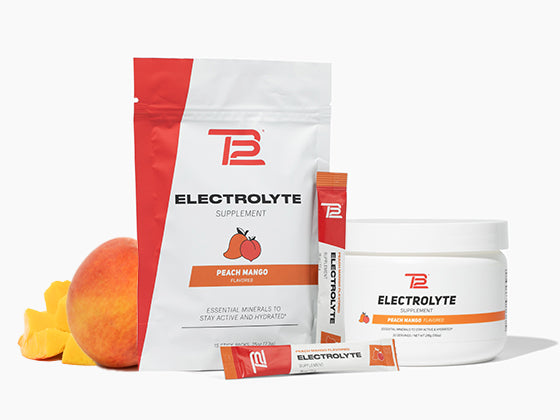AS WE DIVE back into the in-season, it’s more important than ever to tailor your training to the demands of your sport. This is what we like to call training at the speed of sport, and it’s essential to playing your best. To prepare for game day, your training needs to include movements that prime your muscles and your mind with simulating in-game activities. In this blog post, we’re going to talk about why it’s important to train at the speed of sport during the in-season — as well as simple ways you can do bring the speed of sport into your training.
Your body responds to the demands you make
Different types of training cause your muscles to grow in different ways. For example, resistance training increases the size of your fast-twitch muscle fibers, which allows them to contract tighter and put out more force. Endurance training, on the other hand, increases the oxidative capacity of your slow-twitch muscle fibers In other words, it makes them able to use more oxygen (often referred to as VO2-max). At the same time, it boosts the number of mitochondria in the muscle cells, which allows your cells to turn fuel into energy at a faster rate. This structural change allows your muscle to function better as a whole. Your body specializes its muscles to fit the demands of its environment, so all of the work you do in training should reflect the work you do on the field. This is the core of effective functional sports training — mimicking the demands of the game and optimizing your body to meet those demands.
What is training at the speed of sport, and why is it important?
Training at the speed of sport is a simple concept, and it’s mainly our response to seeing athletes train in ways that don’t make sense for them: long-distance runners benching 200 pounds, football players piling on mile after mile of training runs — for what purpose? For what functional movement? The training — its form and its speed — just don’t match up with the demands of the sport. Training at the speed of your sport means training with movements that mimic the demands that a real game puts on your body — both in what you’re doing and how fast (or slow) you’re doing it. “When I go out onto the field on Sunday, I don’t want my brain to think, or play, slowly. That’s why I train fast… I train the way I want to play.” — Tom Brady
Training at the speed of sport is not a general rule — it’s always sport-specific: Every sport is different. This means there’s no one exercise that trains you for every sport. Training at the speed of sport always means training at the speed of a specific sport, so it means different things for everyone. To figure out how to train at the speed of your sport, the first step is to determine your sport’s primary movements. Primary movements in soccer, for instance, are running, cutting, and kicking. In training these primary movements, training at the speed of sport means adding resistance to these primary movements and performing them at the same speed you would in a game. For soccer, this could mean a banded give-and-go, lateral toe touches, or any resisted exercise that challenges your core. This means that the speed of your training is just as important as the volume and the type. Because different degrees of force output engage different muscle fibers, the speed of your training is essential to your success as an athlete. If you’re a runner, for example, and you regularly squat hundreds of pounds, those slow, deliberate reps aren’t actually helping you to be a better runner. On the contrary, they’re training your legs to be slow and deliberate — the opposite of what you want. (Plus, light load resistance training is probably enough to help you gain muscle and strength.) A better lower-body workout for runners would improve speed through explosive movements that engage fast-twitch fibers or develop endurance in the lower extremity through long, slow-distance work. Start training at the speed of your sport.
Training at the speed of sport is something any athlete can do. It doesn’t matter if your sport is basketball, soccer, baseball, softball, or golf — every sport has a speed that can be trained for.
Killer Core Strength Equipment: TB12 Handle Resistance Bands
Circuits Target: Balance and core stability. Full workouts are available in the TB12 app. Let's Go!





